If you have followed the whole product process, it should be clear that the product design process can usually be roughly divided into three stages: 1. fully identify and understand the user/customer needs 2. find the best solution design 3. cooperate with the factory to present the product appearance and structural design effect.
If the first and second stages are the first ninety-nine steps in the entire design process, then the third stage is the final key step towards success-the prototype/prototype production, its importance and complexity It is self-evident.
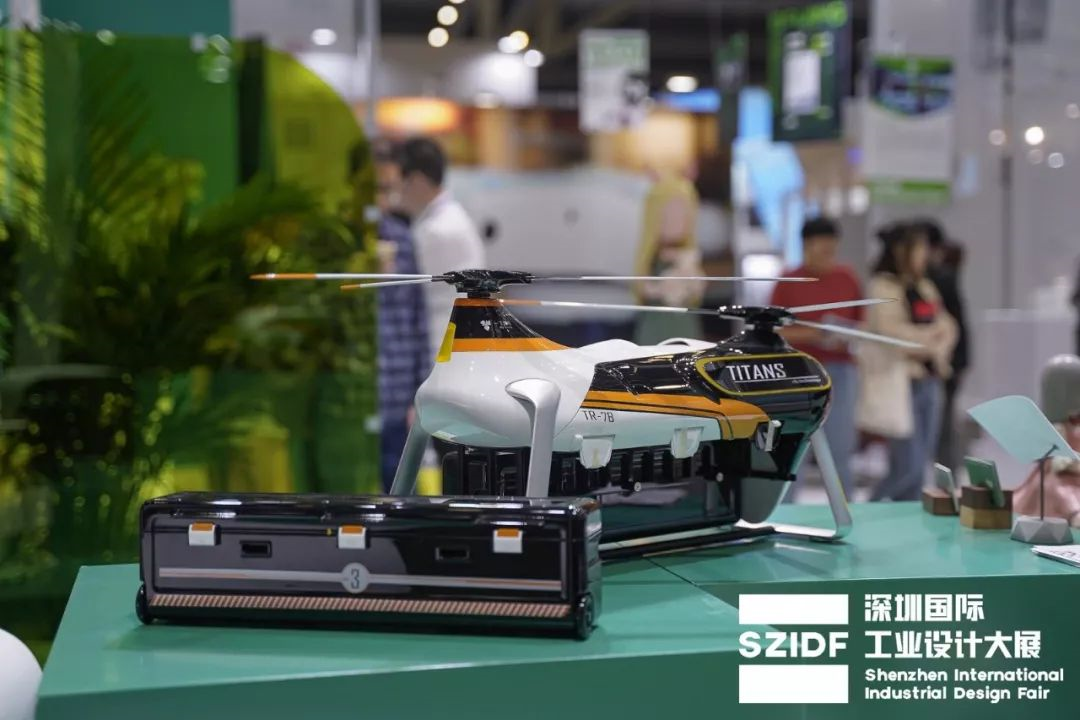
If the first and second stages are the first ninety-nine steps in the entire design process, then the third stage is the final key step towards success-the prototype/prototype production, its importance and complexity It is self-evident.

Therefore, today we will focus on talking about the things between designers and factories about the making of hand boards ~
01-Dismantling and Analysis of Processing Documents
First of all, in the final landing stage, the information communication between the designer and the factory is mainly based on the processing documents output by the designer-processing model, BOM, surface treatment and process drawings and references.
1. Machining model files. Processing benchmark documents, the basis for all factory programming, machining, calibration and verification processes.

2. BOM file. The name, quantity, material, processing method and note information of each part of the machining model are displayed in the form of a checklist.

2. BOM file. The name, quantity, material, processing method and note information of each part of the machining model are displayed in the form of a checklist.
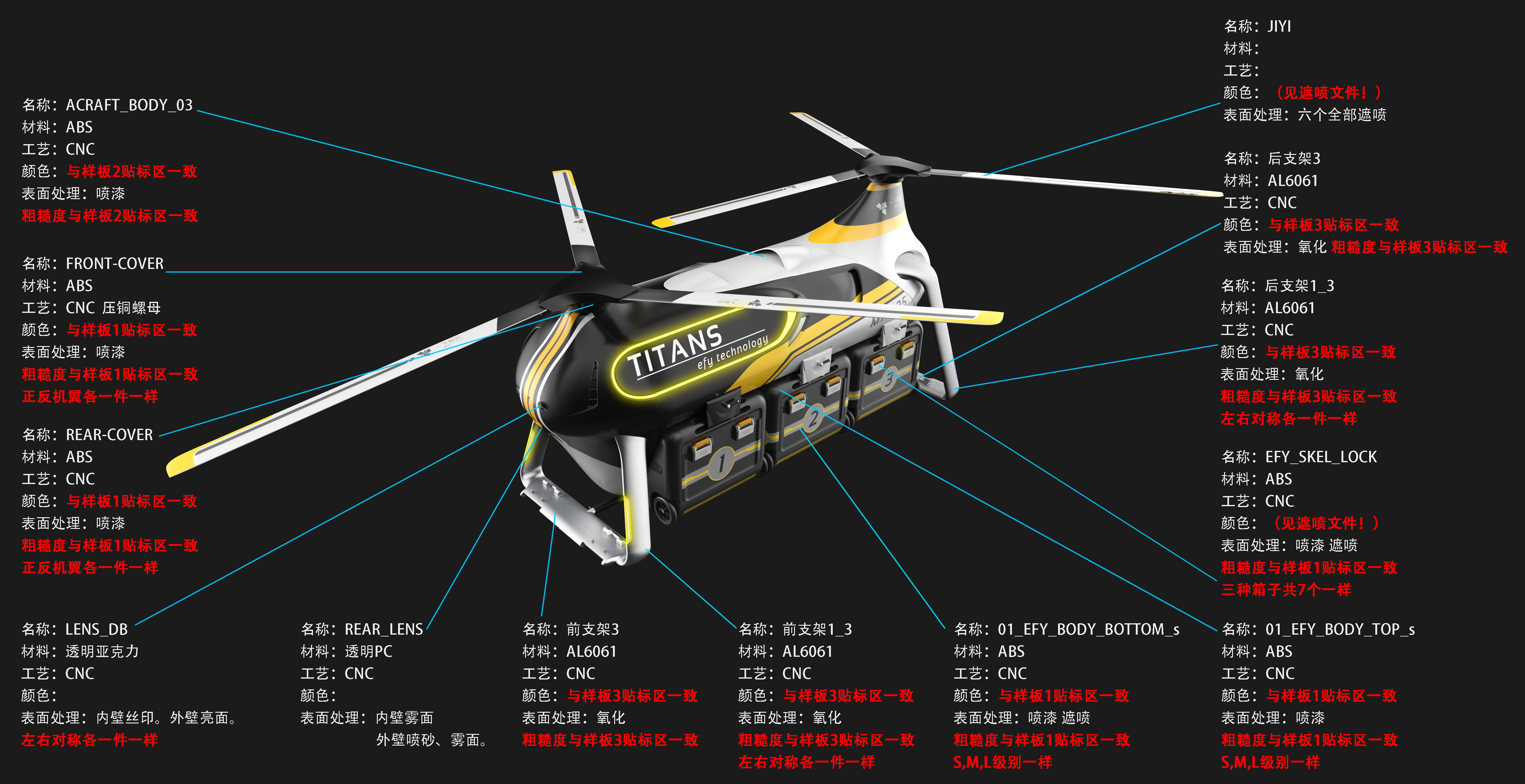
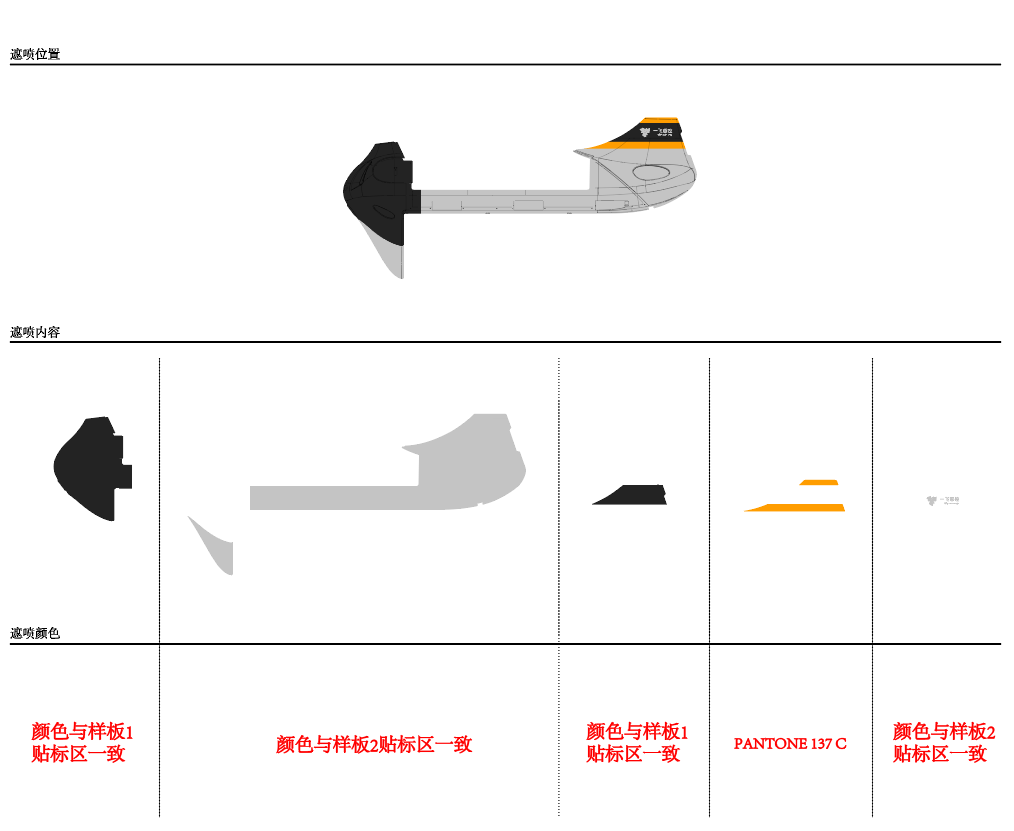
4. Reference. Text can only convey the most basic and consensual information, such as materials, color numbers, and craftsmanship. If you want to convey more direct and trusting information, you need to choose a suitable reference to assist. An effective reference is one of the most important conditions for the factory to restore the design.
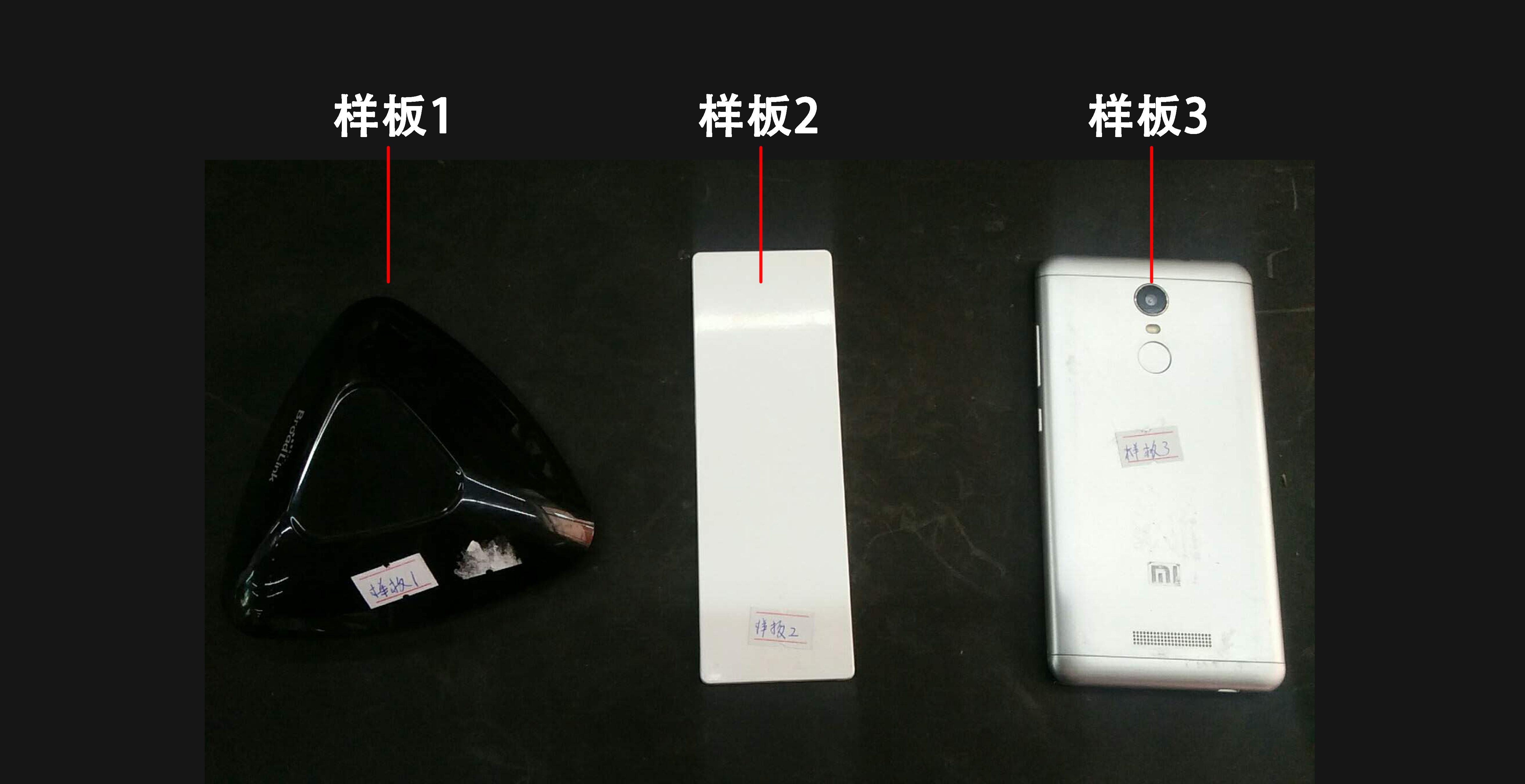
02-Introduction of commonly used references and analysis of advantages and disadvantages
Among them, for the product appearance surface treatment effect (color, texture, light sense, feel) plays a decisive role is the reference selection criteria, let's analyze some commonly used reference tools and their advantages and disadvantages:
1. are the most commonly used and the most spit-out reference, various color cards. Pantone, Raul, plastic powder color cards.
Pantone, Raul and other color research institutions are the authorities in the color field, and their color cards are widely used in the product design industry.
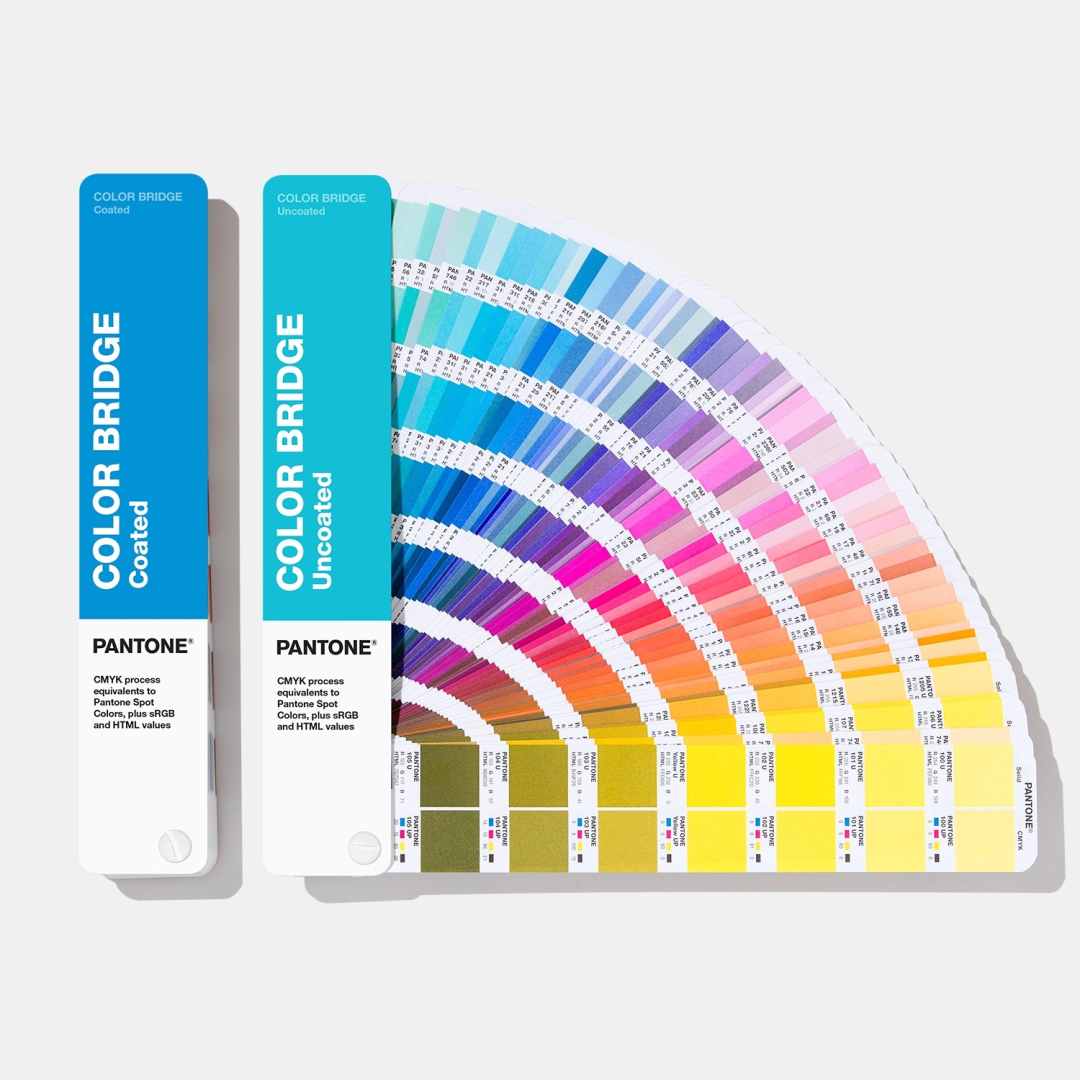
Advantages: There are as many as X colors, involving many fields, and can be used in various fields such as flat printing, textile, painting, etc.
The penetration rate is high. After visiting, basically every company has one or even several sets of color cards.
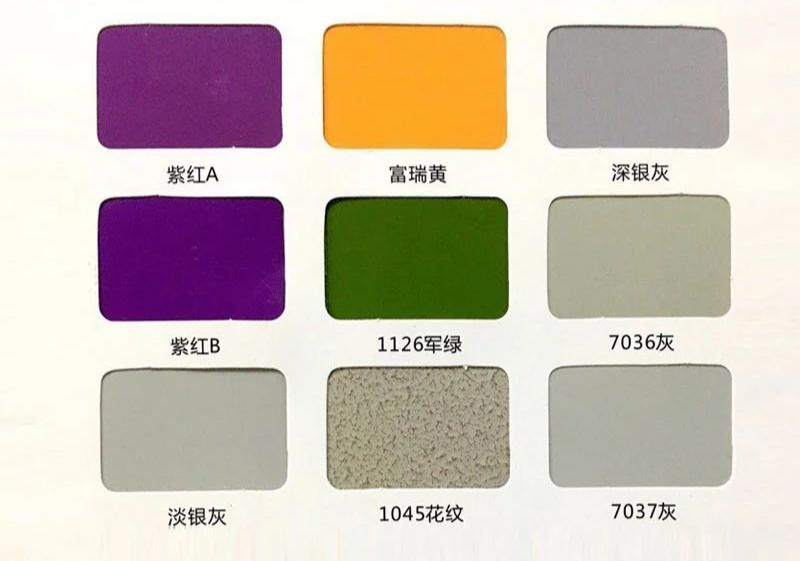
Question: Select the color displayed by the color card as the reference standard, and the color of the product after painting has obvious color difference.
Reason: Process difference-the biggest restriction of color cards lies in their own production method-printing process. In the product design, the plastic hand board is mainly made by painting process, and different attachment processes fundamentally cause color differences.
Carrier difference-different materials and surface textures of the product will cause different visual effects even the same color.
The color we see is actually the result of light reflection. The printing medium of the color card is usually coated paper, which is very different from the textured surface of the product. This results in no matter how the color is proofread, the color after painting is not in line with the color card.


2. off-the-shelf products or parts after product disassembly.
The wisdom of designers is always endless, the color card is not allowed, I will send you the real thing ah ~
Therefore, in the process of communication, many designers get many parts as references by disassembling some mature process products, and even use the whole product, thus avoiding the problem of obvious color difference after the color card is used as a reference, but this solution is not perfect. The following two problems will arise.
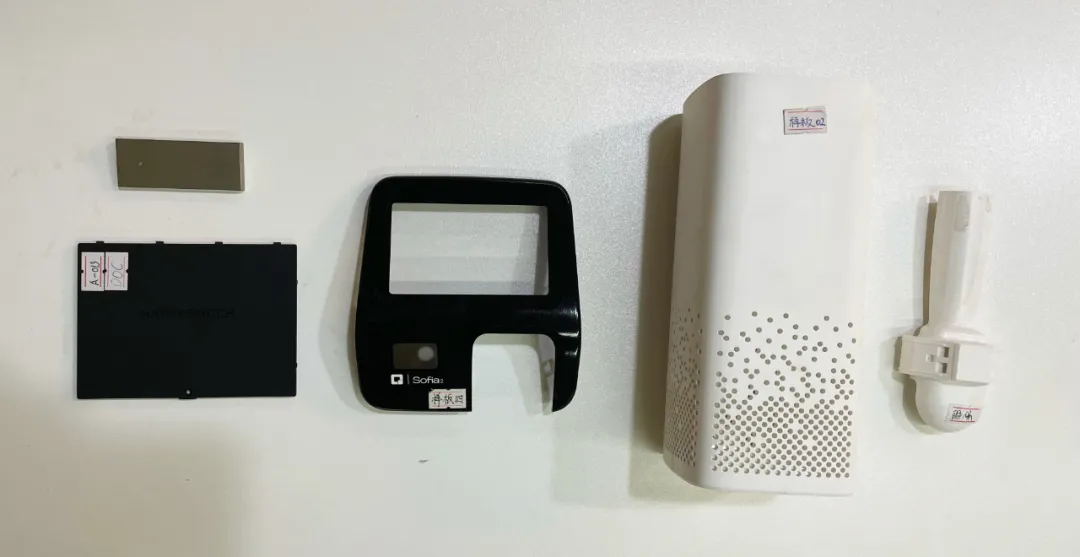
1. is easy to lose. When mature craft products are used as references, it is unique. Many designers complain that the disassembled parts are often circulated repeatedly among the three parties (designer-customer-factory), and they are often sent in or used.
If you encounter rework, there is often no way to verify the evidence collection problem, and when the same reference is needed in a new project, it cannot play a role in time.
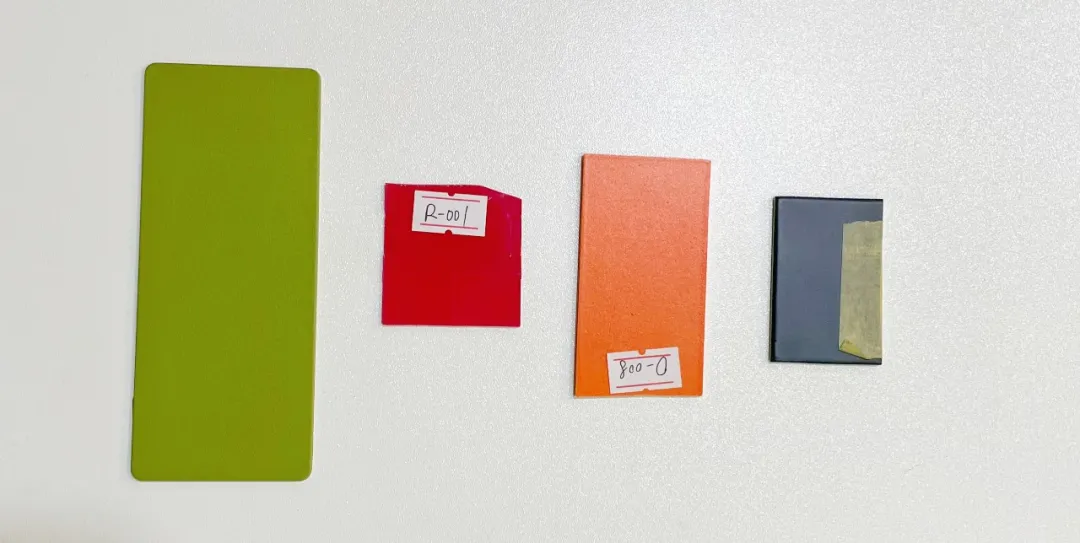
2. costs are high. The designer can't guarantee that the surface treatment of the reference product at hand is just right. What should I do? Do you want to realize the perfect appearance of the product? It must be time-consuming and laborious to select the right reference product in the market, and it is often expensive.
Finally, some designers will settle for second best and make do with other products instead, resulting in the final effect being constantly compromised, farther and farther away from the original amazing effect, making the product effect greatly reduced and unsatisfactory.
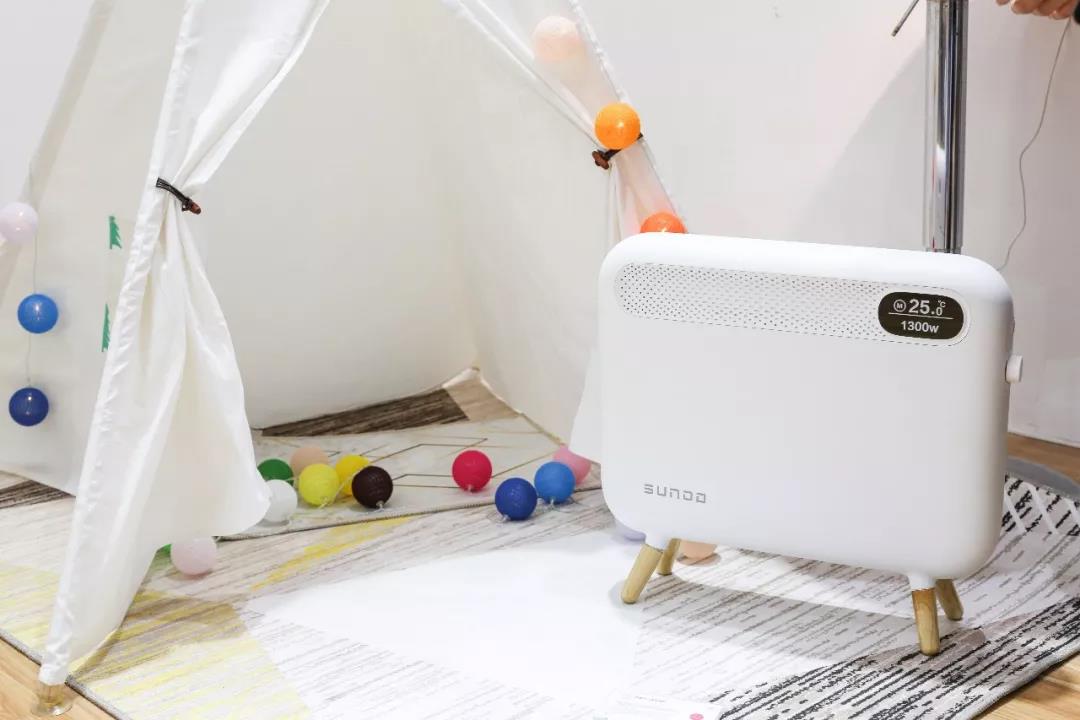
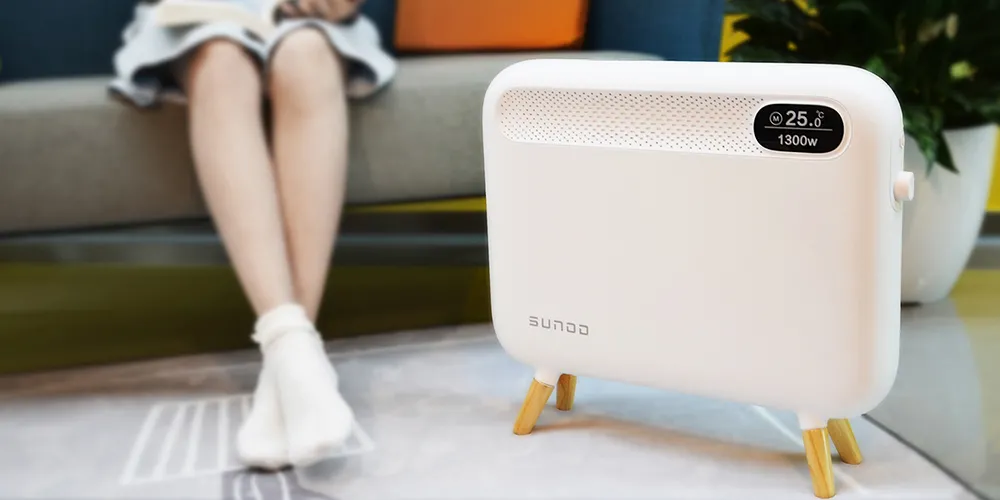
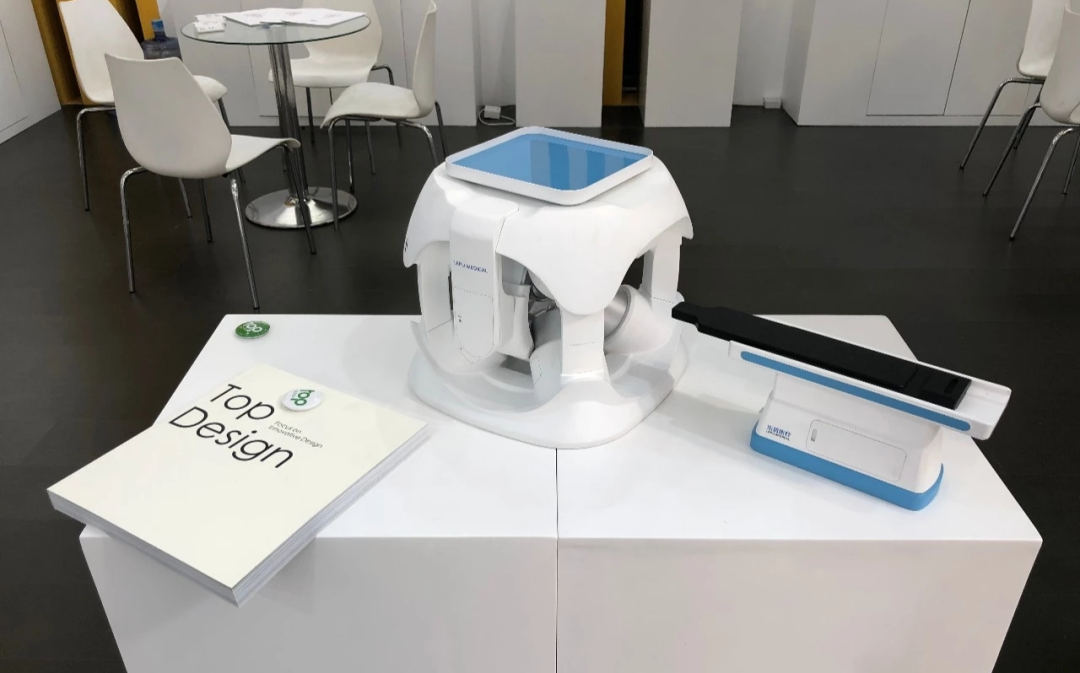
03-Summary
Color cards are currently the most commonly used surface treatment reference tools for designers or design industries. However, there are serious problems that cannot be solved fundamentally, so designers sometimes use products or parts instead. But no matter which method will have shortcomings and shortcomings.
What are your usual ways to solve these problems, and do you have any design tips to make up for or avoid these shortcomings? Welcome to leave a message to discuss ~
The copyright of this work belongs to 工业设计. No use is allowed without explicit permission from owner.

New user?Create an account
Log In Reset your password.
Account existed?Log In
Read and agree to the User Agreement Terms of Use.

Please enter your email to reset your password
The best way is to hit the board to the scene and confirm on the scene. The color problem of the product should be determined whether the natural light line shall prevail or the light box of the product shall prevail. The color will show different color difference under different light. It may look no problem indoors, but problems will occur when it comes to the light box and outdoors.
Really dry goods praise
When I make plastic products fall to the ground, I usually give a PANTONE color number first and ask the master to use the same raw materials to color and inject excellent plates. Usually at this time, I will communicate with the color and stand beside the master on the spot until I get a satisfactory color. (Color mixing time should be from 9: 00 a.m. to 3: 00 p.m. as far as possible)
Dry goods
Designer: leather powder gray blue Tiffany and a set of Morandi
Company: red, black, blue and white are made according to Taobao, and other colors are not made
Good!
Those things between the designer and the factory about the making of the hand board